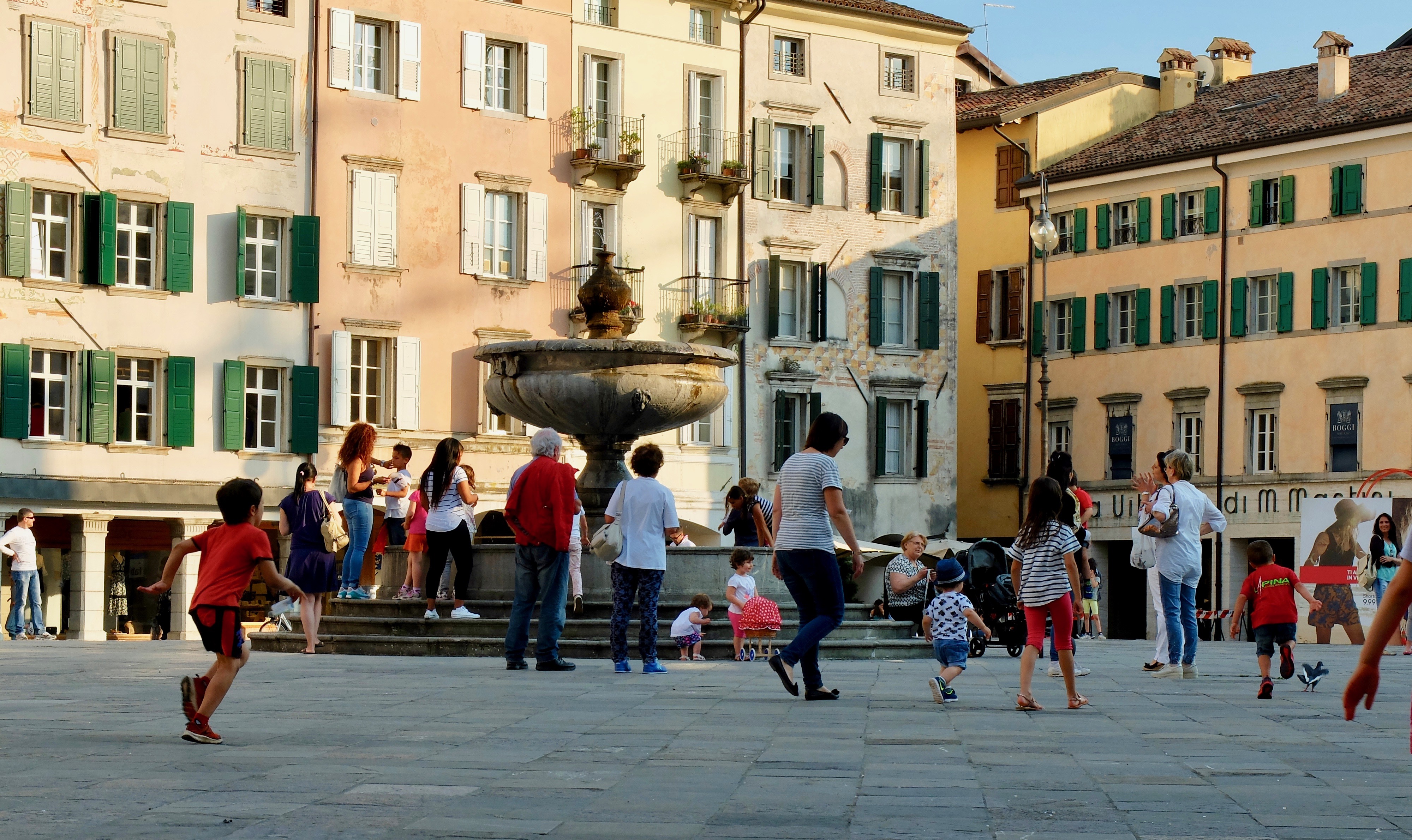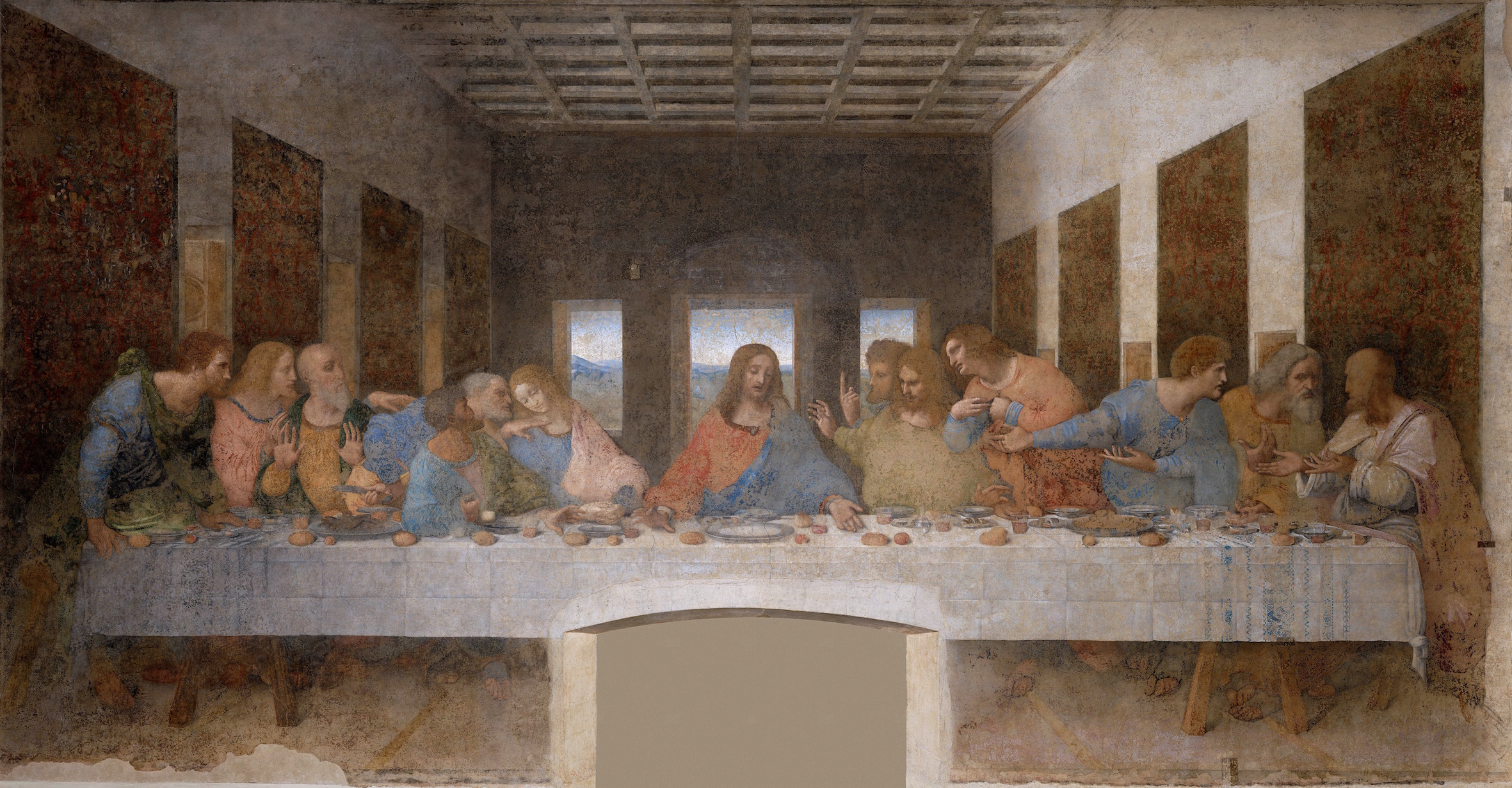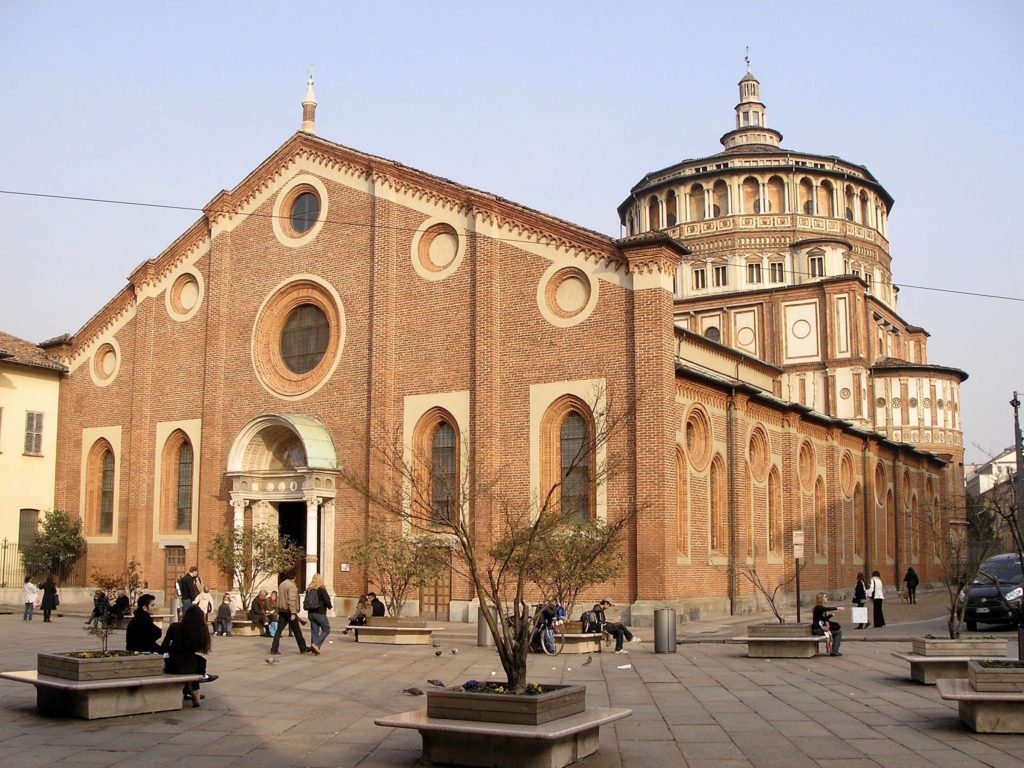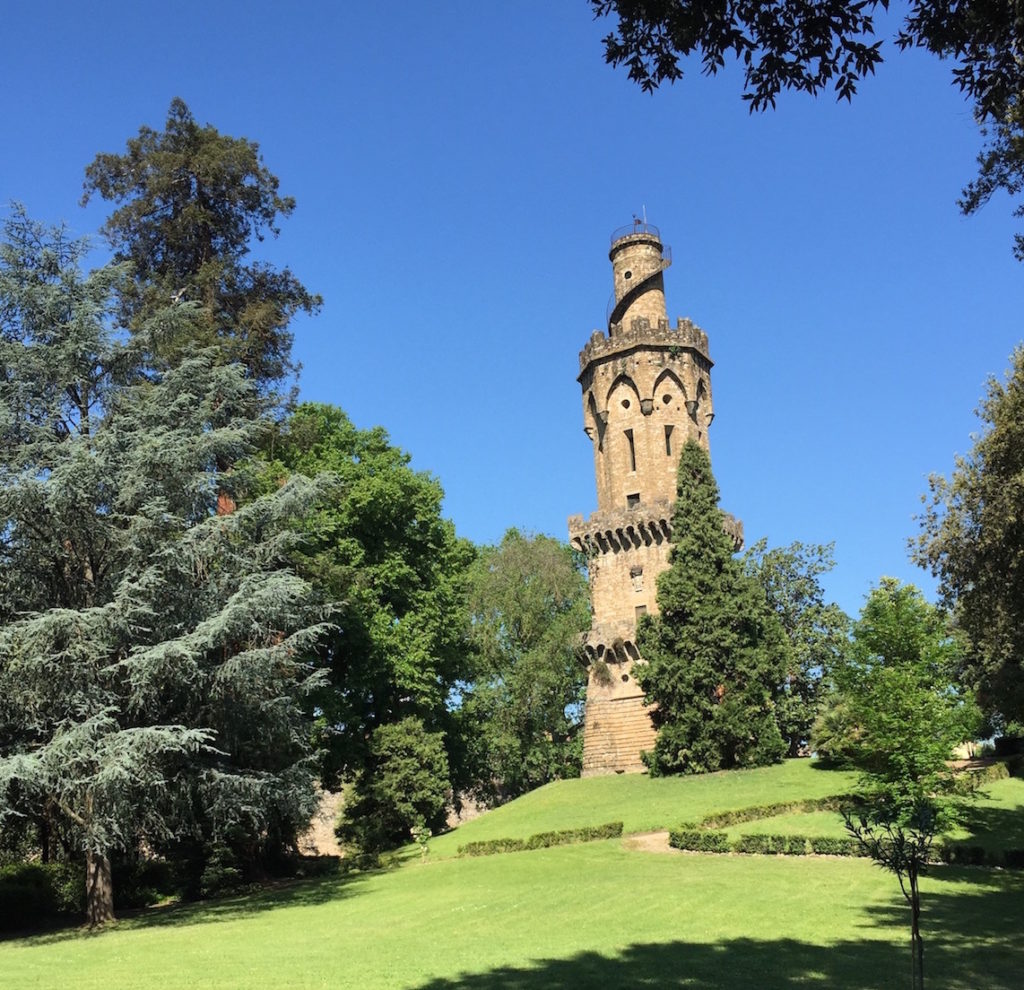07 Jan SPRING IS THE TIME TO VISIT ITALY
Springtime is a great time to visit la bella Italia – and here are five good reasons why.
Fewer tourists and temperate weather
With around 46 million people visiting Italy each year (it’s the fifth most visited country in the world), the timing of your visit can be vitally important. The vast majority of visitors to Italy come from other European countries and the peak season for their travel is July and August. You’ll find an April/May/June visit quieter, with smaller crowds and shorter queues. And the weather is warmer but without those searing summer extremes.
Good deals on airfares
Take advantage of the great value airfares that major airlines are releasing right now. For instance, Emirates is offering a spring sale this week that finishes 23 January, and other airlines including Cathay Pacific, Singapore Airlines, Etihad and Qatar all have great offers for European fares.
La bella vita!
After the short days and cold weather of winter, Italians respond to the arrival of spring with what can only be described as euphoria! Almost overnight the piazze come alive as Italians emerge from their winter hibernation. It’s time for the passegiata in gorgeous new clothes, for aperitivi, for gelato and for mingling and laughter and gossip on the streets.
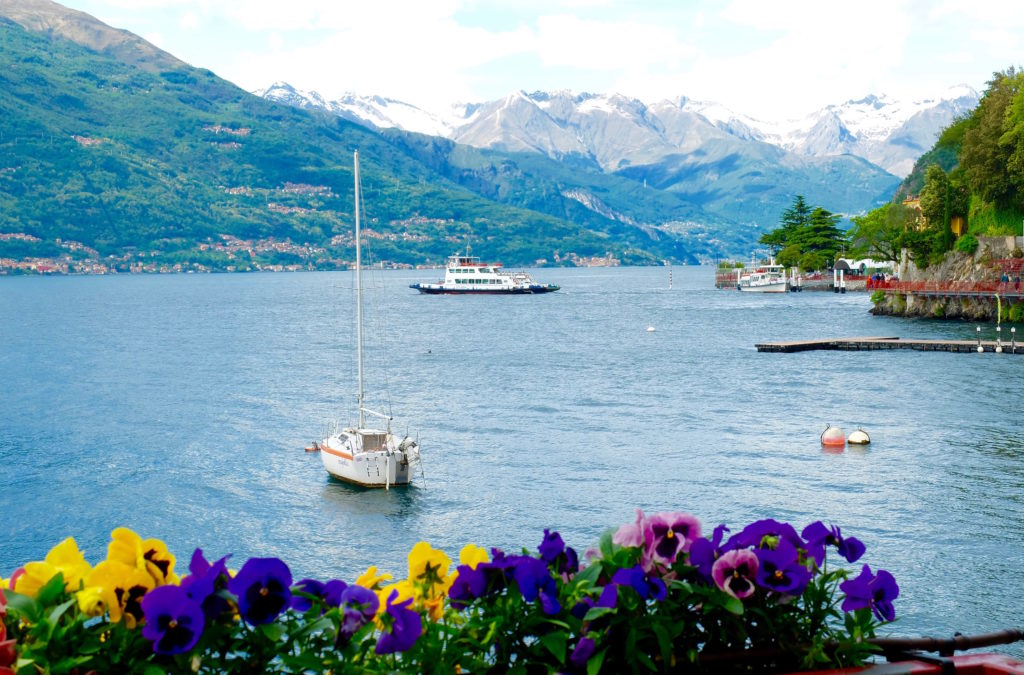
Fabulous festivals
All over Italy, spring is the time for a range of fascinating festivals and celebrations. If you’re joining our Milan and the Lakes tour this year for instance, why not add in some time in Milan to experience the Sagra di San Cristofero, the feast of the patron saint of travelers, that take place on the third Sunday in June? Or bookend your tour with a performance of Don Giovanni or La Boheme at La Scala?
Gorgeous spring gardens
Italy comes alive in a blaze of spring flowers – gorgeous clematis, stunning irises, luscious peony roses and vibrant azaleas, just to name a few. And you’ll see them not only in the gardens but also in planters lining the streets, tumbling out of window boxes and cascading out of the flower stalls and markets as you wander through the city streets. Just breathe in that perfume!
We have three fantastic tours that take advantage of the joys of an Italian spring, so why don’t you think about booking with us now?
- The Great Gardens of Italy – 29 April – 13 May 2017
- The Road Less Travelled – Puglia – 16 – 30 May 2017
- Milan and the Italian Lakes – 2-16 June 2017

